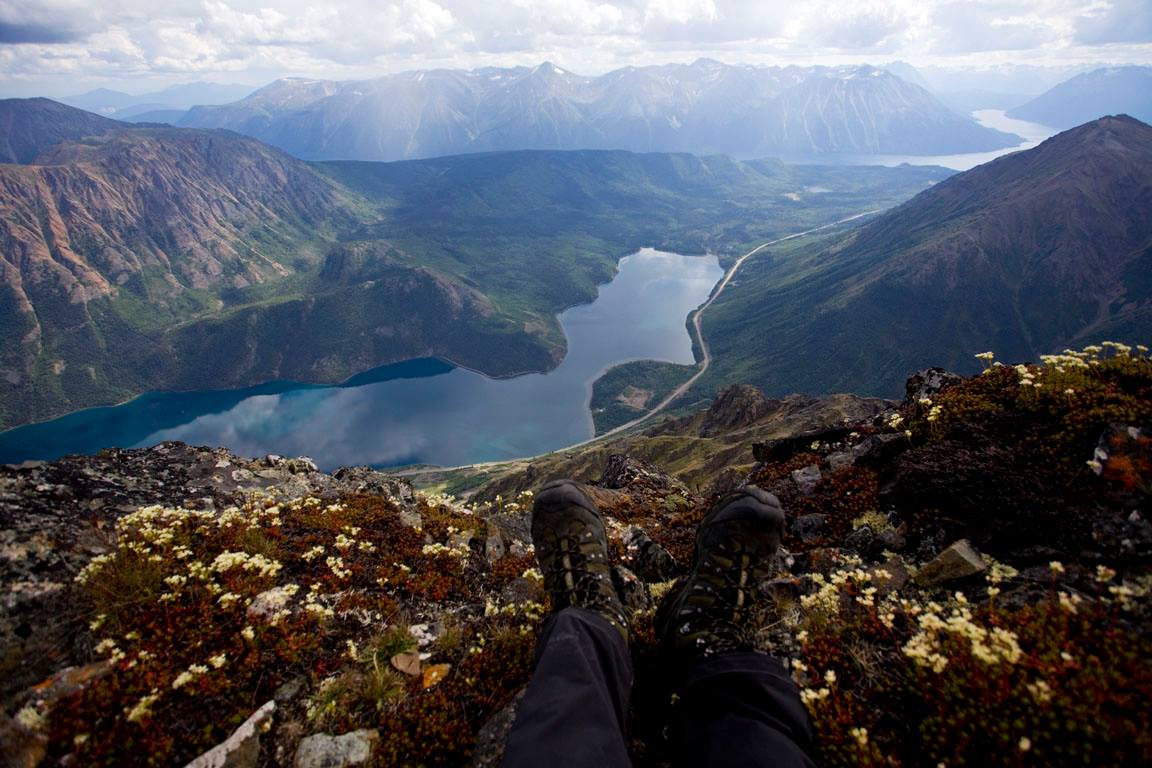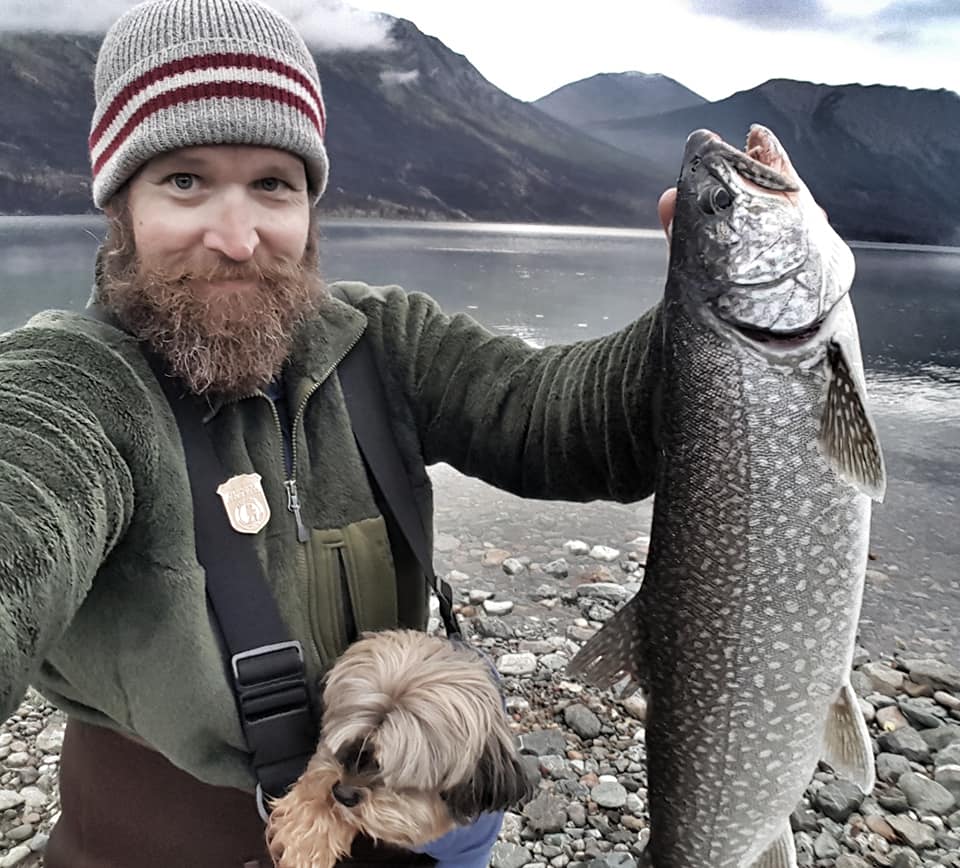That Lake is Named WHAT?

Tagish Lake in the foreground and Lake Tutshi in the background. You will drive by these lakes on your Yukon tour. I hiked all the way up that mountain just to get this photo for you and my legs are SORE!
When you take a Yukon discovery tour from Skagway, you travel nearby a bunch of different lakes. These lakes are all very pretty and unique so you will naturally want to know their names. Many of these lakes have very strange names. In today’s blog, I am going to tell you what these lake names actually mean because I am a very nice person.
Who gets to name the lakes?
Lakes don’t have names until some human comes along and gives them one. Sometimes a person doesn’t like the name of a lake and gives it a new name. Lakes in the Yukon were named by First Nations people, the indigenous people that first settled in the region after the ice age. Some of those names remain. However, European invaders and their offspring renamed some of the lakes, which is pretty rude in my opinion.
What the Yukon ended up with is a bunch of weird and wacky lake names. Fun fact: Each White Pass and Yukon Route train car is named after a lake to our north!
Now it’s time to find out what the lake names mean. Are you super excited? I know I am!
Yukon discovery – What’s in a name?
So, here is how this is going to work. I am going to name the lake, describe it and then tell you what the name means, so pay attention.
Tagish Lake – This 100-mile long lake is quite beautiful and full of big lake trout that I catch and eat. Tagish literally means “the lake ice is breaking up” and it is the name of the Athabascan-speaking First Nations people that lived around Tagish lake. These people commonly married Tlingit people from the coast. Did you know that Skookum Jim was a member of the Tagish First Nation? Well, now you do.
Marsh Lake – This shallow lake (by Yukon standards) is actually a widening of the Yukon River and it got its name because it’s marshy I guess. During the Klondike Gold Rush, it was called Mud Lake. I’m guessing the people that live there decided that Mud Lake was a crappy name so they changed it to Marsh. It’s a very muddy lake though, so I think the old name is better. I catch a lot of trout in this lake too because I’m good at catching Canadian fish.
Lake Tutshi – Why do lake names sometimes start with the word “Lake” and sometimes end with the word “Lake?” Nobody knows. This lake is very lovely in my opinion although it’s actually in British Columbia. The word Tutshi is derived from a Tlingit word meaning “charcoal lake” because of the water’s dark color. Do you know why it’s so dark? Because it is super deep. Around 650 feet deep in some spots. Someone told me that Tutshi means “deep lake” but this is a good lesson about not believing nonsense people tell you at a saloon. If you’re wondering about me catching trout in this lake, the answer is yes.
Snafu and Tarfu Lake – This is a weird story. During World War II, the US military was building the Alaska-Canadian Highway, which is very near these lakes. The Army engineers were running supplies by these lakes and decided to name them because why not? The names are acronyms. You probably know what snafu means already (Situation Normal, All F*%$#d Up) but I’m guessing you don’t know what Tarfu means. Things Are Really F*%$#d Up. These lakes are popular because they are located next to wholesome family campgrounds, which makes for awkward campfire conversations when the kids ask what Snafu and Tarfu mean. I don’t fish in these lakes because there are too many people and the trout are too small.
Lake Bennett – This lake borders much of the train route and it’s quite lovely. However, the origin of its name is stupid and proof that invaders can be real jerks. You see, Lake Bennett was named by some “explorer” named Lt. Frederick Schwatka, a US Army guy. He didn’t like the names of lakes and landmarks that were given by natives, miners, and other explorer/invaders, so he waltzed around renaming everything like the obvious narcissist he was. This lousy bum named Lake Bennett after James Gordon Bennett, editor of the New York Herald. James Bennett never even visited Lake Bennet, so it’s a dumb name and should be changed.
Lake Bennet was originally named “Kusooa Lake” (by the Tagish First Nations) and some early miners called it “Boat Lake,” probably because they couldn’t pronounce Kusooa. Then some other dude named it “East Kussooa Lake” two years before Jerkface Schwatka renamed it after his buddy back east. Schwatka named another Yukon Lake after himself because of course he did.
I think Lake Bennet should keep its First Nations name, but let’s imagine we were allowed to rename it ourselves. I would name it Lake Deadfish, because I’ve killed a lot of lake trout from there.
Well, this blog ran kind of long and there are still plenty more lake names to decipher. Perhaps I will revisit this idea because it is very interesting.



